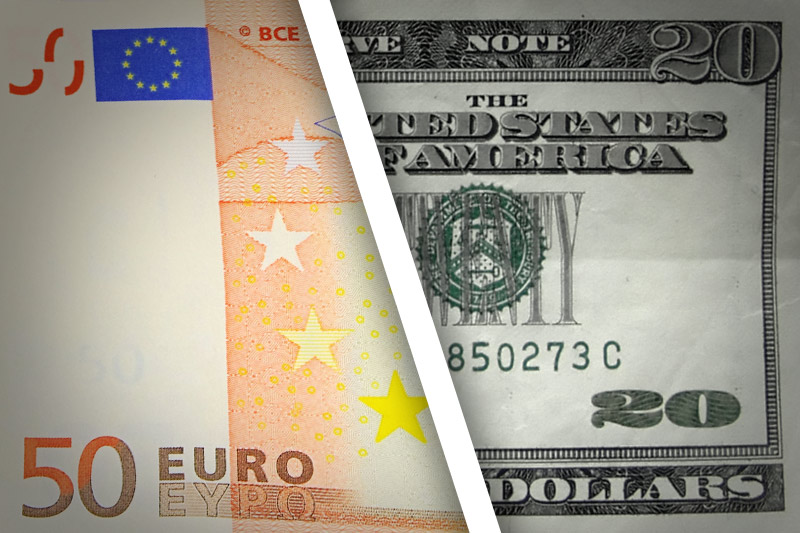Investing.com - The euro was lower against the dollar on Tuesday, as weak euro zone economic data underlined expectations for a rate cut by the European Central Bank later in the week.
EUR/USD hit 1.3056 during European afternoon trade, the session low; the pair subsequently consolidated at 1.3076, shedding 0.16%.
The dollar’s gains were kept in check as investors awaited the outcome of Wednesday’s Fed meeting for cues on the direction of monetary policy after recent weak U.S. economic data dampened expectations for an earlier than expected end to the bank’s asset purchase program.
But the euro remained under pressure after official data showed that euro zone unemployment rose to a record in March and another report showed that inflation in the currency bloc fell more-than-expected this month.
The euro zone unemployment rate rose to 12.1% in March, from 12.0% in February, as a further 62,000 people lost their jobs.
The unemployment rate was highest in Spain at 26.7%. Earlier Tuesday, data showed that Spain’s recession deepened in the first quarter as the economy contracted by 0.5%, in line with expectations.
A separate report showed that the annual rate of consumer inflation in the euro zone fell to 1.2% in April from 1.7% in March, the lowest level in over three years and well below expectations for a decline to 1.6%.
In Germany, official data showed that retail sales fell for the second successive month in March.
The euro fell to session lows against the yen, with EUR/JPY down 0.49% to 127.43 and remained steady against the pound, with EUR/GBP dipping 0.05% to 0.8446.
The U.S. was to release data on consumer confidence, a report on manufacturing activity in Chicago and private sector data on house price inflation later in the trading day.
EUR/USD hit 1.3056 during European afternoon trade, the session low; the pair subsequently consolidated at 1.3076, shedding 0.16%.
The dollar’s gains were kept in check as investors awaited the outcome of Wednesday’s Fed meeting for cues on the direction of monetary policy after recent weak U.S. economic data dampened expectations for an earlier than expected end to the bank’s asset purchase program.
But the euro remained under pressure after official data showed that euro zone unemployment rose to a record in March and another report showed that inflation in the currency bloc fell more-than-expected this month.
The euro zone unemployment rate rose to 12.1% in March, from 12.0% in February, as a further 62,000 people lost their jobs.
The unemployment rate was highest in Spain at 26.7%. Earlier Tuesday, data showed that Spain’s recession deepened in the first quarter as the economy contracted by 0.5%, in line with expectations.
A separate report showed that the annual rate of consumer inflation in the euro zone fell to 1.2% in April from 1.7% in March, the lowest level in over three years and well below expectations for a decline to 1.6%.
In Germany, official data showed that retail sales fell for the second successive month in March.
The euro fell to session lows against the yen, with EUR/JPY down 0.49% to 127.43 and remained steady against the pound, with EUR/GBP dipping 0.05% to 0.8446.
The U.S. was to release data on consumer confidence, a report on manufacturing activity in Chicago and private sector data on house price inflation later in the trading day.
